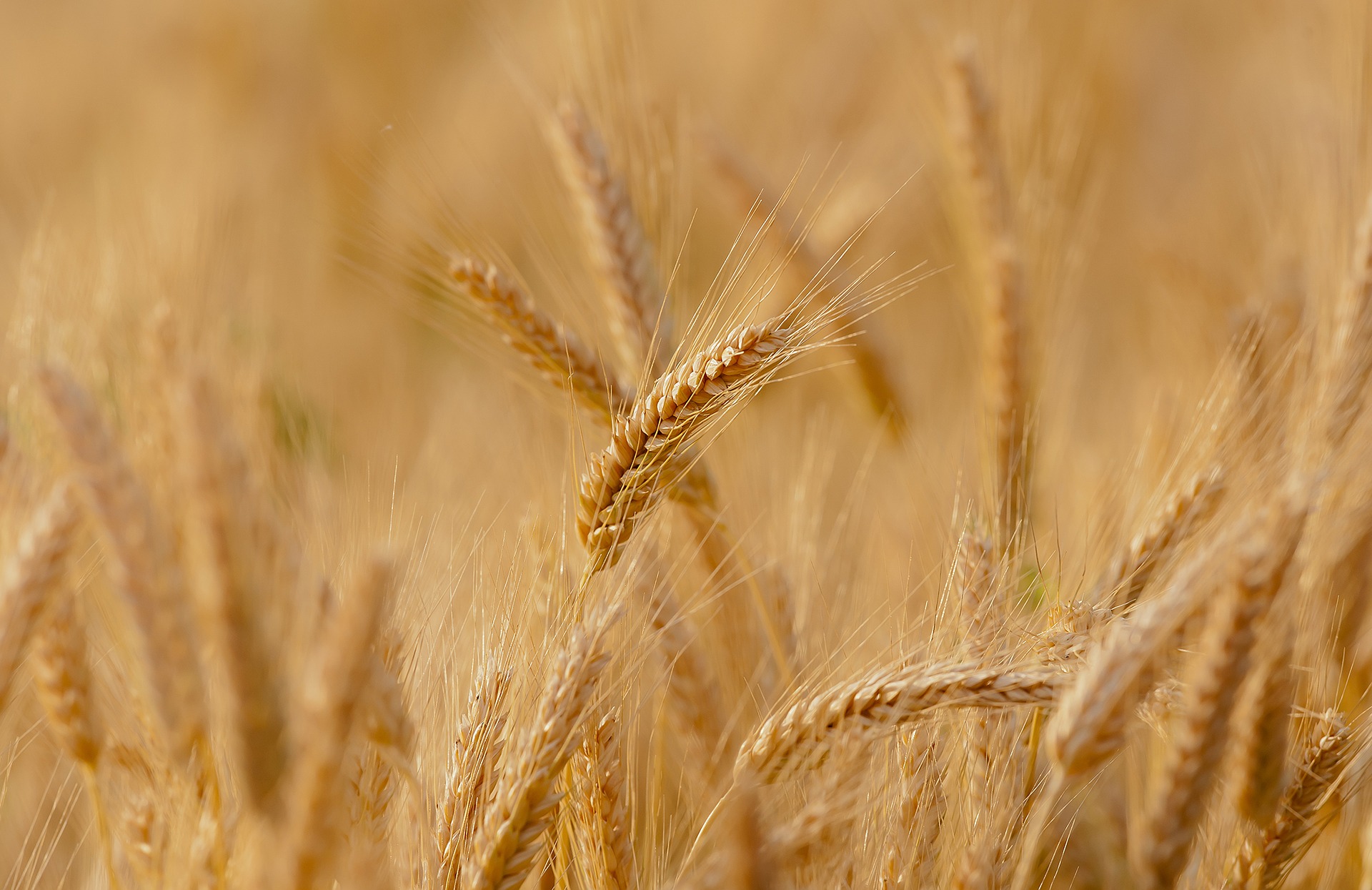
anti-inutrient
/antɪˈnjuːtrɪənt/
noun
Natural compounds that interfere with the absorption of nutrients or an immunological response.
Anti-nutrients commonly found in food sources include:
Lectins: By far the most common anti-nutrients are lectins. Lectins are ubiquitous in nature and are found in many foods. Some lectins are beneficial, while others may be powerful toxins such as ricin, peanut agglutinin, and wheat germ agglutinin. Foods such as beans and grains need to be cooked or fermented to reduce lectin content. Adverse effects may include nutritional deficiencies, and immune (allergic) reactions.
Lectins are considered a major family of protein anti-nutrients, which are specific sugar-binding proteins exhibiting reversible carbohydrate-binding activities. Lectins are similar to antibodies in their ability to make red blood cells clump together (agglutinate).
Many legume seeds have been proven to contain high lectin activity, termed hemagglutination. Soybean is the most important grain legume crop in this category. Its seeds contain high activity of soybean lectins (soybean agglutinin or SBA).
Lectins are natural plant toxins that damage the lining of the small intestine, allowing pathogens and peptides to enter the bloodstream and trigger an autoimmune response. This condition is commonly known as 'leaky gut syndrome'.
Gluten: Gluten (from Latin gluten, "glue") is actually a group of proteins, called prolamins and glutelins. Prolamins in wheat are called gliadins; in barley, hordeins; in rye, secalins; and in oats, avenins. These protein classes are collectively referred to as gluten. Wheat glutelins are called glutenin. True gluten is limited to these four grains.
Gluten, found mainly in wheat, is a highly allergenic type of lectin. Gluten can trigger adverse inflammatory, immunological and autoimmune reactions in some people. Gluten can produce a broad spectrum of gluten-related disorders, including coeliac disease in 1–2% of the general population, non-coeliac gluten sensitivity in 6–10% of the general population, dermatitis herpetiformis, gluten ataxia and other neurological disorders. Many more (some argue all humans) can tolerate some gluten for sometime before experiencing symptoms.
Phytates: Phytic acid has a strong binding affinity to minerals such as calcium, magnesium, iron, copper, and zinc. This results in making the minerals unavailable for absorption in the intestines and lead to deficiencies. Phytic acids are common in the hulls of nuts, seeds and grains.
Oxalates: Oxalates bind to calcium and prevent its absorption in the human body. Calcium oxalate is the most common component of kidney stones. Members of the spinach family and the brassicas (cabbage, broccoli, brussell sprouts) are high in oxalates, as are sorrel and parsley.
Oxalate may enter cells where it is known to cause mitochondrial dysfunction. Oxalic acid can also cause joint pain due to the formation of similar precipitates in the joints. A lesser-known mechanism of gout is when crystals make their way into the joints, particularly the joints of the hands, feet and toes.
Glucosinolates: Glucosinolates prevent the uptake of iodine, affecting the function of the thyroid and thus are considered goitrogens. They are found in plants such as broccoli, brussell sprouts, cabbage, mustard greens, radishes and cauliflower.
Flavonoids: Flavonoids, which are a group of polyphenolic compounds that include tannins. These compounds bind metals such as iron and zinc and reduce the absorption of these nutrients, but they also inhibit digestive enzymes and may also precipitate proteins.
Saponins: Saponins a class of chemical compounds found in particular abundance in various plant species. Saponins are organic compounds produced by plants to inhibit attack by insects and grazing animals. Examples are provided by cruciferous vegetables including mustard, cabbage, and horseradish.
